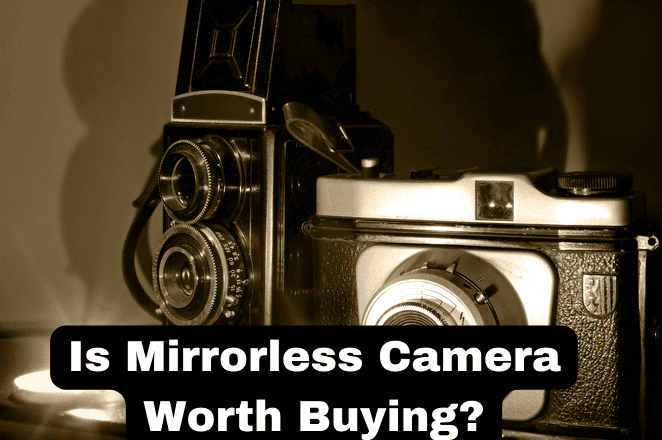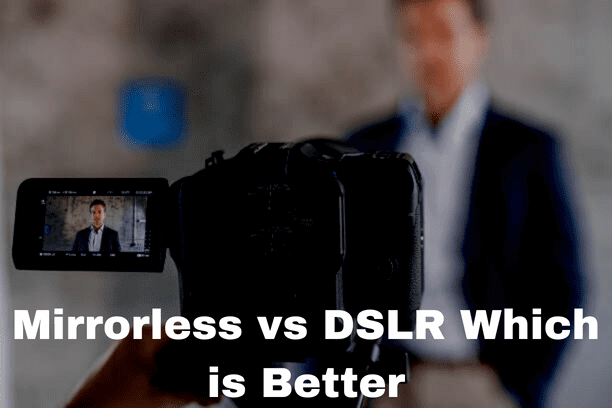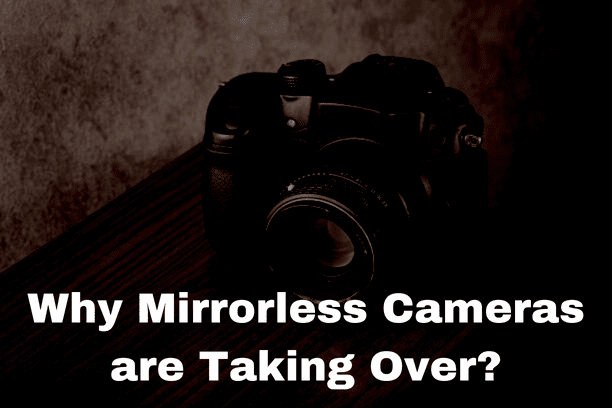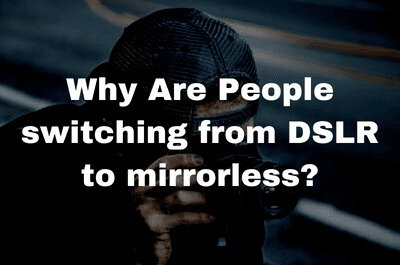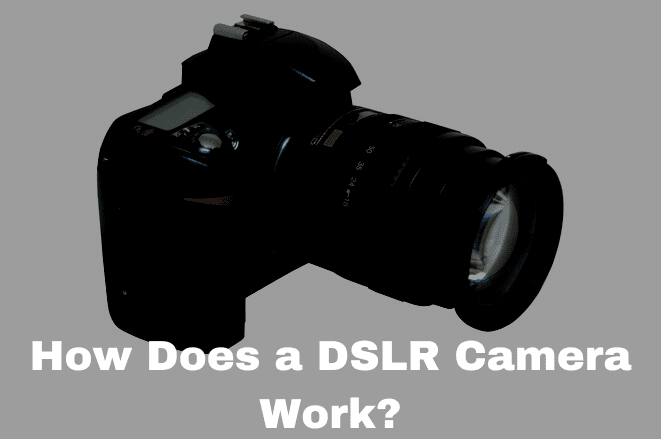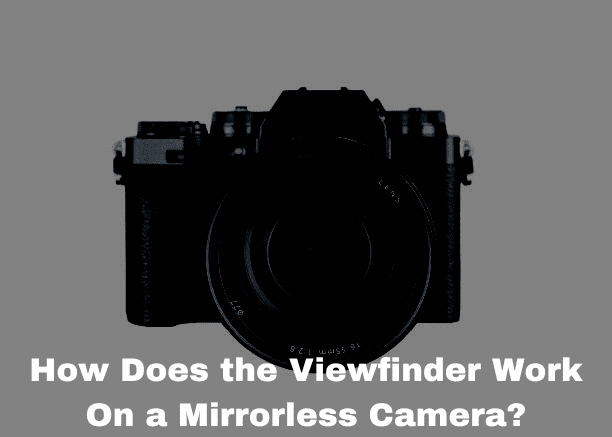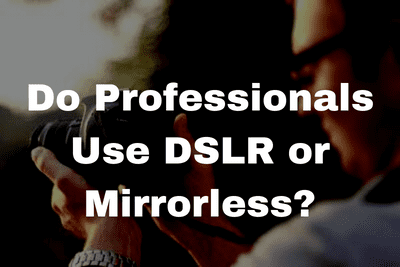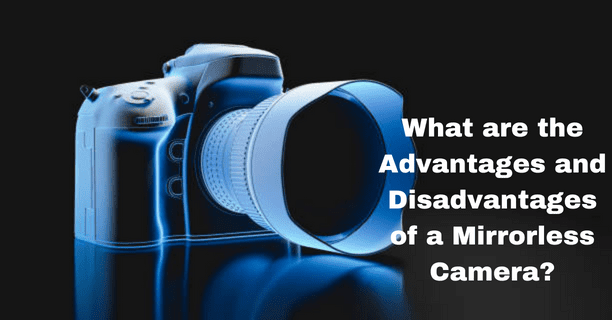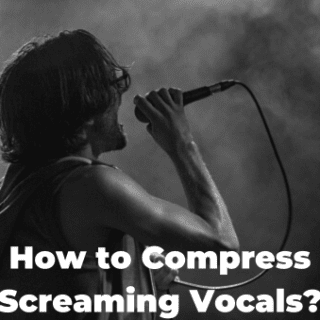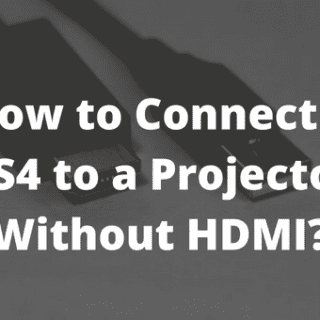Well, it may be worth buying for some people while not suited for others. It all depends on your requirements, and they differ from person to person. That is not something for me to choose. All I can do is state the positive and negative aspects of mirrorless cameras then you can decide if it is worth the money or not. So let’s first start with the negative aspects- then I will get to the advantages.
Disadvantages
1: Slow startup
Every mirrorless camera takes a quick moment to start up and even maybe half a second to come out of just standby mode. DSLRs are ready to shoot the millisecond you flip them on.
2: Potentially suboptimal viewfinder experience
We also have to consider the overall viewfinder experience. Even the lowliest of DSLRs experience zero viewfinder lag and that can’t be said for mirrorless. No matter what mirrorless camera you have there is lag. In some cases you notice it on higher-end models; it is essentially imperceptible but it is something to consider. Also, the EVF experience is not for everyone.
3: Native lens availability
Another disadvantage of mirrorless at the moment is that generally they simply don’t have the lens lineup that is Nikon and Canon DSLRs. Native glass is generally more enjoyable to use. In addition, the market for used glass is far more robust for DSLRs than mirrorless cameras.
4: Size
For some people, mirrorless cameras are a bit too small. Some shooters find a DSLR more comfortable and although this kind of seems like a minor point if shooting is uncomfortable, it can ruin the entire experience.
5: Mirrorless cameras love backgrounds
Another af issue that is a little bit annoying is that mirrorless cameras seem more apt to get stuck on backgrounds and refuse to focus on closer blurrier subjects without a little help at least compared to DSLRs.
Recommended Article: What are the Advantages and Disadvantages of a Mirrorless Camera?
Advantages
1: AF all over
It is the big one with a full-frame DSLR; there is often a challenge since the eye frequently falls outside the af field for the composition. So you have to either like focus and recompose usually moving during the process or go with a looser crop that gets the eye inside the af field. With mirrorless, you could place af point anywhere in the viewfinder and this problem completely goes away.
2: Tracking
A close cousin to the first is the superior tracking systems found in many mirrorless cameras. Also when we are talking tracking here we are not strictly talking about the camera’s ability to follow focus as the subject moves and you keep it under the af area but rather a mode where the af area chases the subject around the viewfinder.
3: Eye detection
Mirrorless cameras also offer eye detection and while it is sometimes hit or miss there are times it makes nailing the perfect shot much easier.
4: Silent shutter
The next advantage is the silent shutter. It is super handy around more sensitive subjects and it keeps them from running or flying off.
5: Faster frame rates
Mirrorless cameras are starting to offer far faster frame rates than their DSLR cousins although it may seem crazy to shoot at 20 or even 30 frames a second if you are doing active work, it makes a difference.
6: No fine-tuning
Although it Is technically possible you may need to calibrate or fine-tune a mirrorless lens.
7: No viewfinder blackout
This does not apply to every mirrorless camera but some have no viewfinder blackout. We see it with the sony a9 series and a1 and we will see it with the canon r3 and z9 as well. It does make it significantly easier to track and follow your subject.
8: No glasses
Okay, this does not apply to everyone but one huge advantage of the EVF is that you can use your camera without glasses. As long as the diopter can adjust to your vision you can run everything from the viewfinder. You can shoot, you can review images, you can run the menus, all of it right from the EVF. No need to ever look at the back LCD or put on your reading glasses. As a side bonus, this also makes it way easier to evaluate your images when you are in brighter light as opposed to trying to look at it on that back LCD. Although there are more advantages than just the eight written like compact size, larger lens, mounts, more programmable options, and buttons, less vibration and better viewfinder visibility, and really low light, I think the ones that we discussed are the big eight.
Related Article:
How Do I Choose An External Flash For My Camera?

